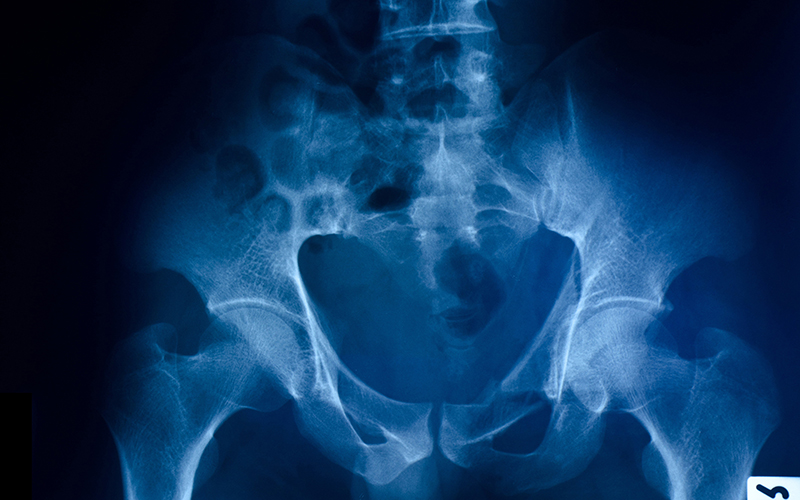
Do you have an upcoming X-ray or CT appointment? Thanks to advances in technology, gonadal (testicles and ovaries) and fetal (baby) lead apron shields are no longer necessary, per the American College of Radiology and the American Association of Physicists in Medicine.
Won’t this expose me to dangerous radiation levels?
No. Advances in modern technology have reduced the amount of radiation needed to create a high-quality image. These doses are much lower than levels associated with fetal or reproductive harm. Wearing a lead shield apron does not reduce the amount of radiation scattered inside your body, but it might block areas of your body that need to be seen in the image, requiring additional X-rays or CT images, and therefore, increasing the time you are exposed to radiation during your appointment.
Shouldn’t testicles/ovaries or pregnant women be shielded to minimize the risk of genetic damage or cause infertility?
No. Gonadal shielding was introduced more than 70 years ago when it was believed that radiation to the testicles/ovaries area could damage sperm or eggs, potentially causing birth defects. Long-term studies have shown no evidence that radiation from X-rays or CTs harms sperm or eggs, or growing babies.
The amount of radiation necessary to cause infertility is more than 100 times the dose from an X-ray or CT.
If I have multiple X-rays or CTs, won’t the amount of radiation I am exposed to build up over time?
No. Radiation exposure due to medical imaging does not remain in the body or accumulate. In most cases, healthy cells will recover from small doses of radiation exposure in between scheduled appointments. For patients who need multiple X-ray or CT appointments, any risk due to repeated radiation exposures will be carefully evaluated by your provider and care will be scheduled based on your unique medical situation.
If a lead shield apron isn’t necessary for me, why is the X-ray or CT technologist still wearing one?
Radiation exposure you receive during your appointment is minimal. However, for an X-ray or CT technologist who sees multiple patients per day, the amount of exposure is higher. Multiply this by hundreds of appointments over the course of a year and the exposure is greatly increased. Therefore, your technologist may wear a lead shield apron or other protective gear during your appointment.

